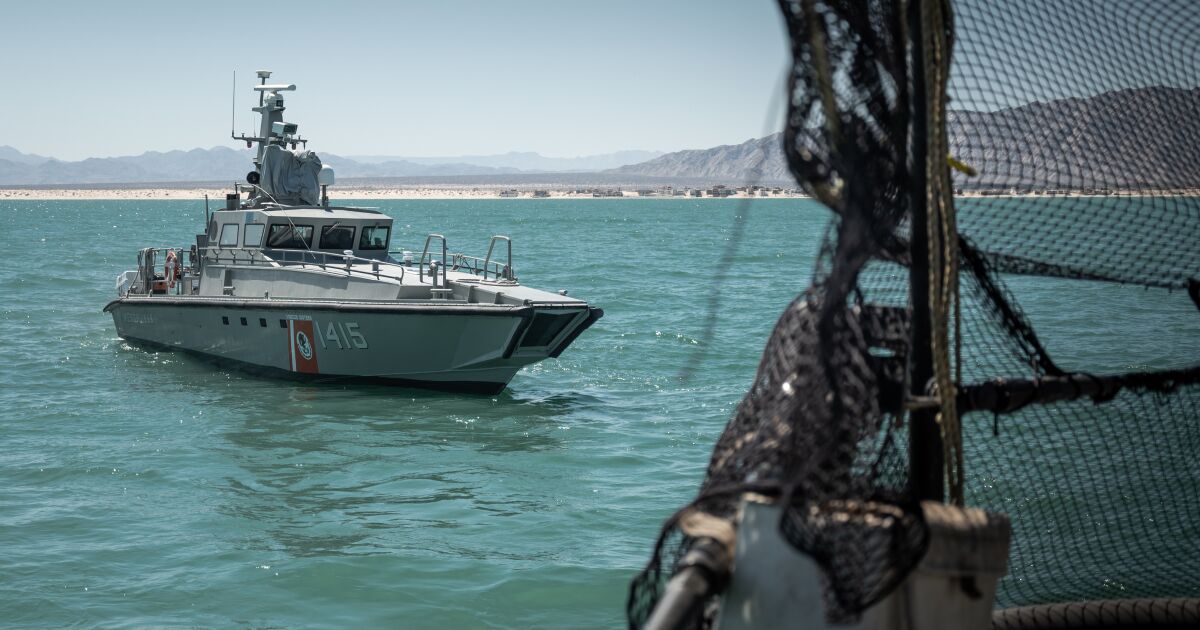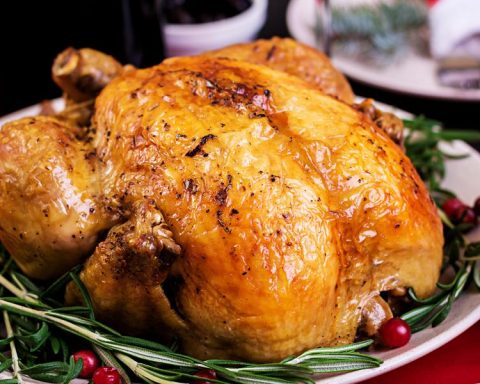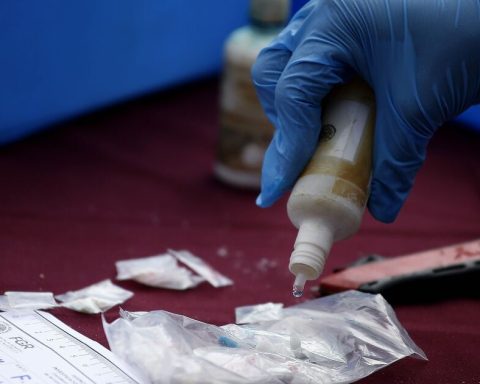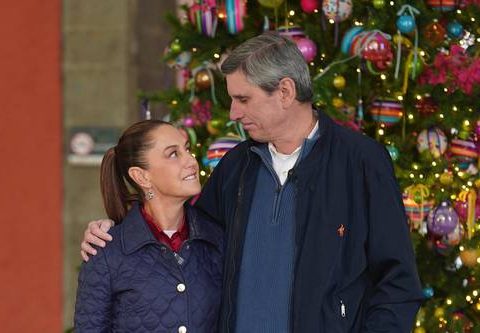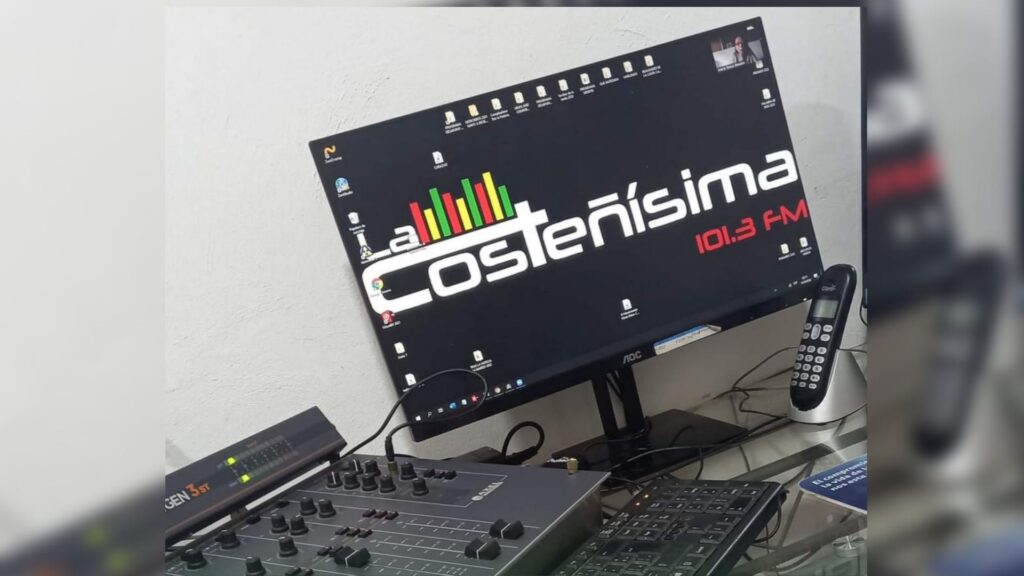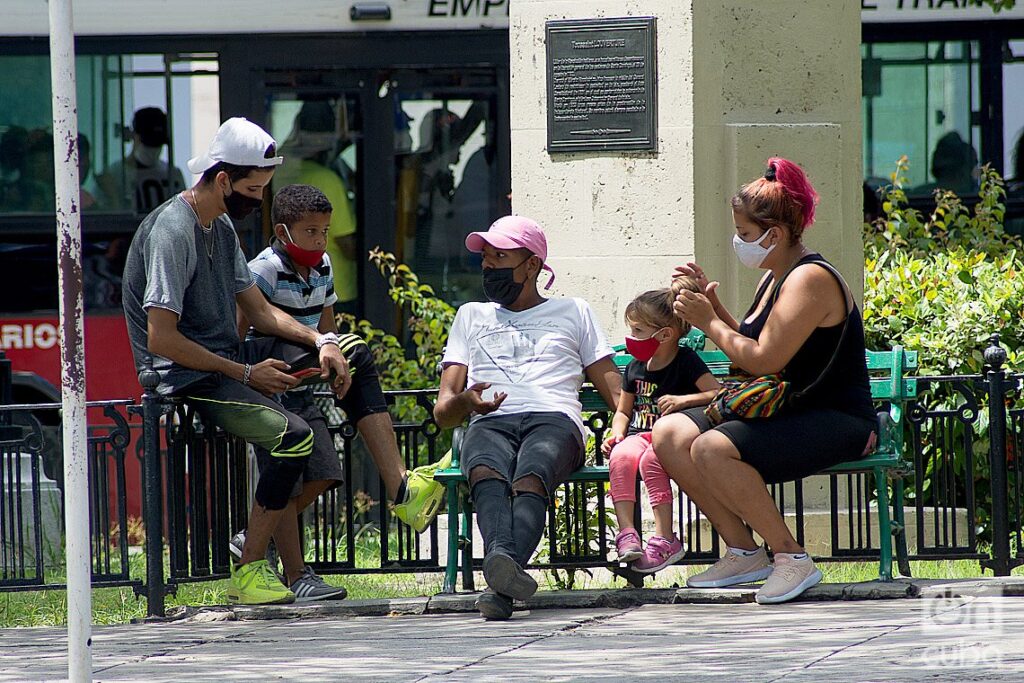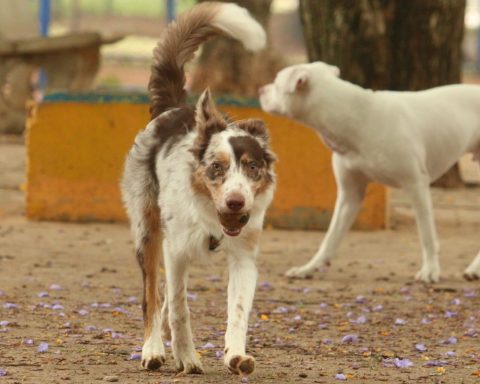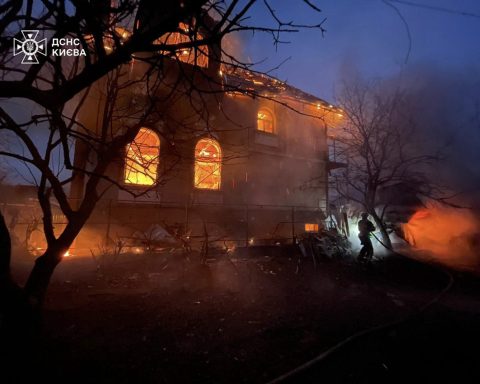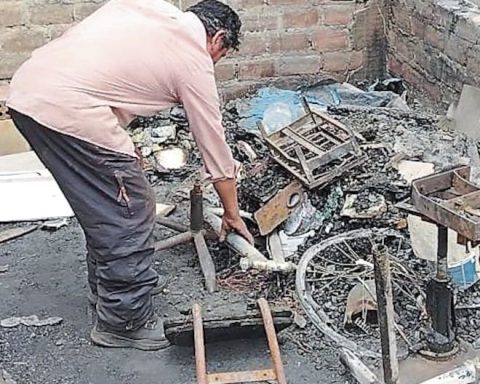In November 2021, Sea Shepherd and the Mexican Navy began patrolling the Vaquita Refuge Zero Tolerance Area, a high-priority region for scientists and conservationists where the remaining vaquita population is believed to be found.
By 2022, Sea Shepherd and the Secretary of the Navy began a new information and response protocol that resulted in a substantial reduction in the number of fishing boats in the area and the length of time the nets remain in the water.
“The new action protocol arose after the study that was carried out last year (in 2021) in the Zero Tolerance Area. Together with the Navy, boats with drones and other techniques are used to identify if there are any fishing boats within this area. The Navy is notified and an action plan is applied to locate fishing nets”, describes Pritam Singh.
Zero tolerance area and sightings
The Zero Tolerance zone is the refuge for the vaquita marina decreed by the Mexican government. It is more than 225 square kilometers where any fishing activity is prohibited.
Despite this restriction, fishing boats manage to cast nets in the area to try to hunt the totoaba, the largest fish in the Upper Gulf of California with significant demand in the Asian market for its swim bladder, to which healing properties are attributed.
“The boats still drop nets in the area to hunt the totoaba. The Secretary of the Navy is in charge of stopping the criminal groups that put the totoaba and other species, such as the vaquita marina, at risk. The Navy is already acting and is the most powerful (authority) on this subject,” highlights Pritam Singh.
In the Zero Tolerance Area, acoustic and sighting monitoring is also carried out to locate the surviving vaquita porpoises, or at least have an estimate.
